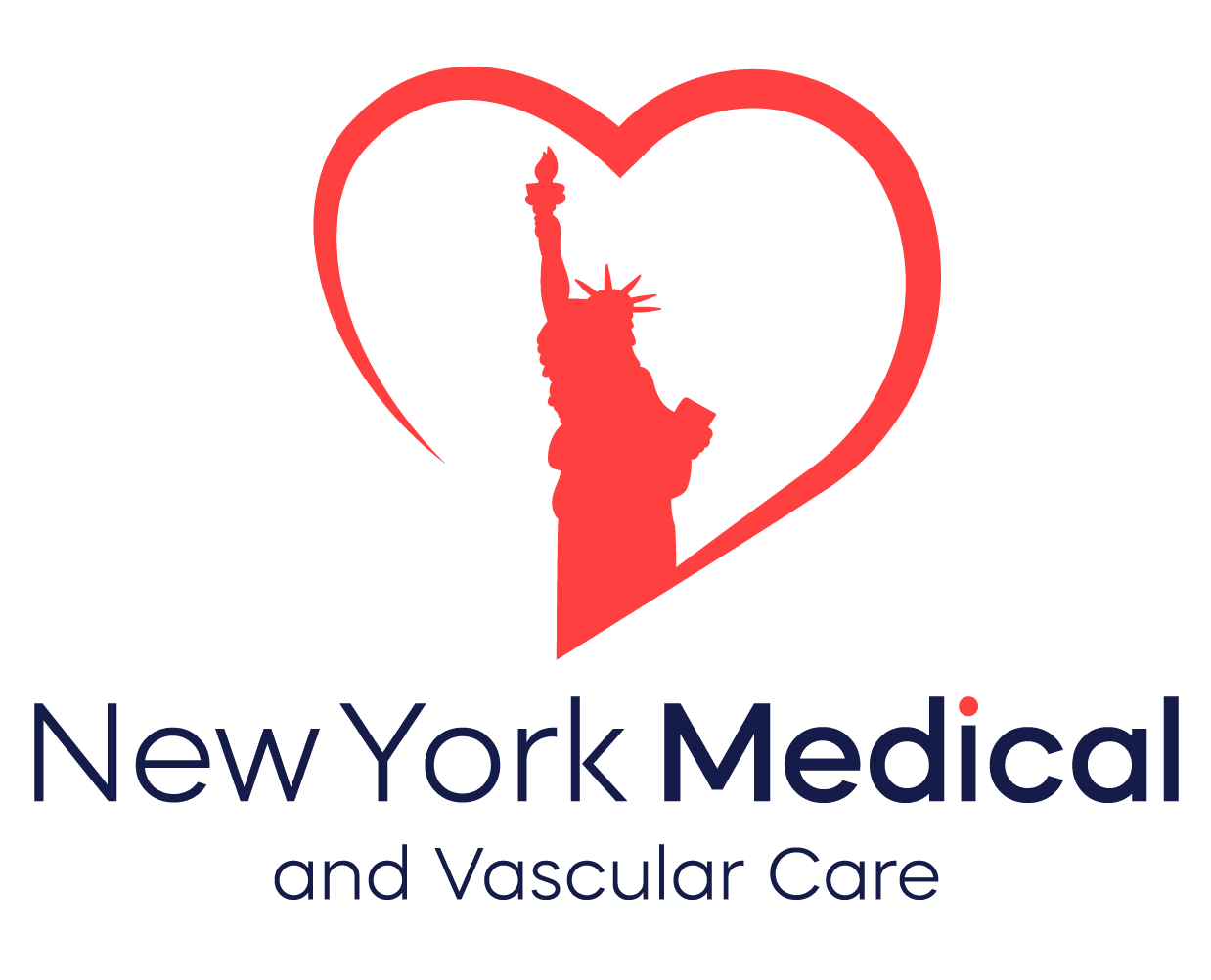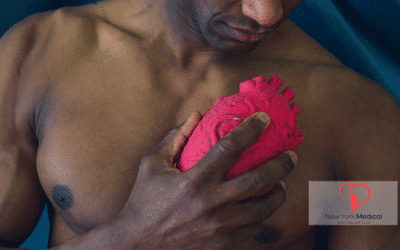Blog Articles
Cardiovascular Risk from Long COVID / Post-COVID: What Patients Need to Know
The pandemic may have faded from the news, but its impact on heart health continues to unfold. Recent medical research has revealed an important truth: COVID-19 can leave behind silent, long-term effects on the cardiovascular system, even in people who had only mild...
No Level of Alcohol Use Is Safe for the Brain
For decades, many believed that “moderate drinking” might even be protective for health. A glass of wine with dinner, a cocktail on weekends—surely harmless, maybe even beneficial. But recent large-scale studies are overturning that idea. When it comes to brain...
99% of Heart Attacks Are Tied to Known Risk Factors: What That Means for Your Health
We often think of heart attacks as “sudden” events that strike without warning. But new research has confirmed what cardiologists have long suspected: almost every heart attack is linked to known, measurable, and modifiable risk factors. In fact, a large international...
Sleep Quality & Brain Aging: How Poor Sleep Can Accelerate Cognitive Decline
We often hear that “sleep is restorative,” but science in the past decade has elevated that idea to something more profound: sleep is a brain-housekeeping session. When sleep is chronically poor, not just a night or two of trouble but a pattern of disrupted sleep,...
Heat Waves and Your Circulation: Summer Safety for Hearts, Arteries, and Veins
New York summers can do more than make you sweat—extreme heat stresses the cardiovascular system, raising the risk of chest pain, fainting, dehydration, and leg swelling, especially if you live with PAD, venous disease, heart failure, or take certain medications....
Leg Pain When You Walk? The 2025 SVS Guideline Update Clarifies What Works First
That tight, cramping pain in the calves after a few blocks, the relief when you stop—that’s classic intermittent claudication, the most common symptom of PAD. In April 2025, the Society for Vascular Surgery (SVS) released a focused guideline update that refines how...
New 2025 Chronic Venous Disease Guidelines—What Changed and What It Means for Your Legs
Heavy, achy legs. Bulging varicose veins. Ankle swelling that leaves sock marks. For millions, these symptoms point to chronic venous disease (CVD)—and treatment options can be confusing. In June 2025, the Society for Cardiovascular Angiography & Interventions...
GLP‑1 Weight‑Loss Medications and Your Arteries: What New Research Means for PAD and Heart Risk
If you’ve seen the headlines about Wegovy® (semaglutide 2.4 mg) or Ozempic® (semaglutide 1.0 mg), you’ve probably heard about weight loss. But for people living with vascular disease—especially peripheral artery disease (PAD)—the story is bigger than the scale. New...
One Roof, One Team: Inside NYMVCare’s Comprehensive Headache & Neurology Evaluations
Why Neurology + Vascular Integration Matters Headaches, numbness, dizziness, and memory lapses often seem unrelated—until you discover that the brain, its blood supply, and peripheral nerves form a single electrical-plumbing network. NYMVCare’s Neuro-Vascular Service...
Leg Heaviness, Swelling, Varicose Veins? Your Guide to Chronic Venous Insufficiency & NYMVCare’s Endovenous Work-Up
Why This Post Matters More than one in four New Yorkers over 40 has some degree of chronic venous insufficiency (CVI).¹ Yet many chalk up aching calves and ankle swelling to “just getting older.” Untreated CVI progresses—from spider veins to skin discoloration and...










